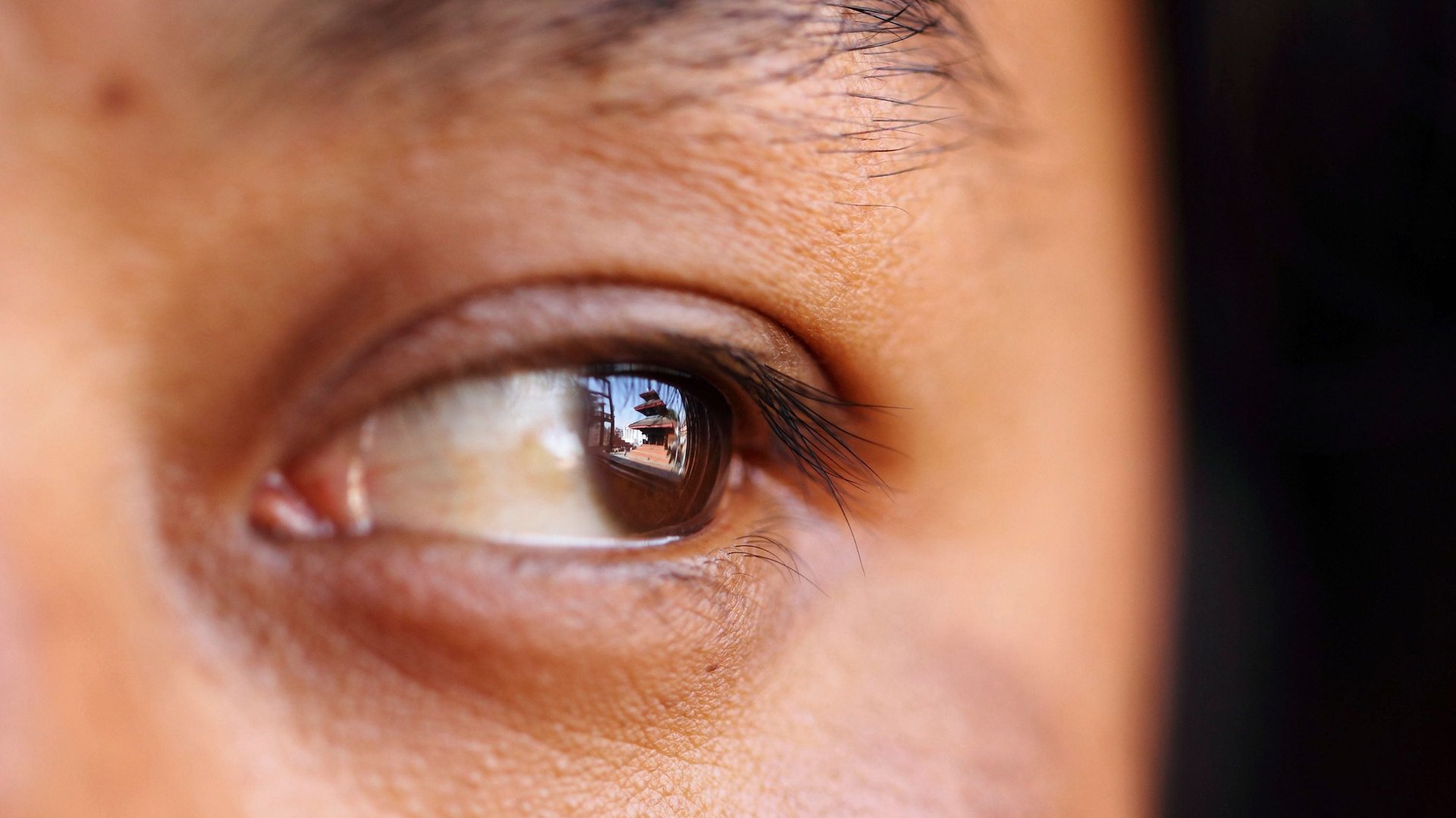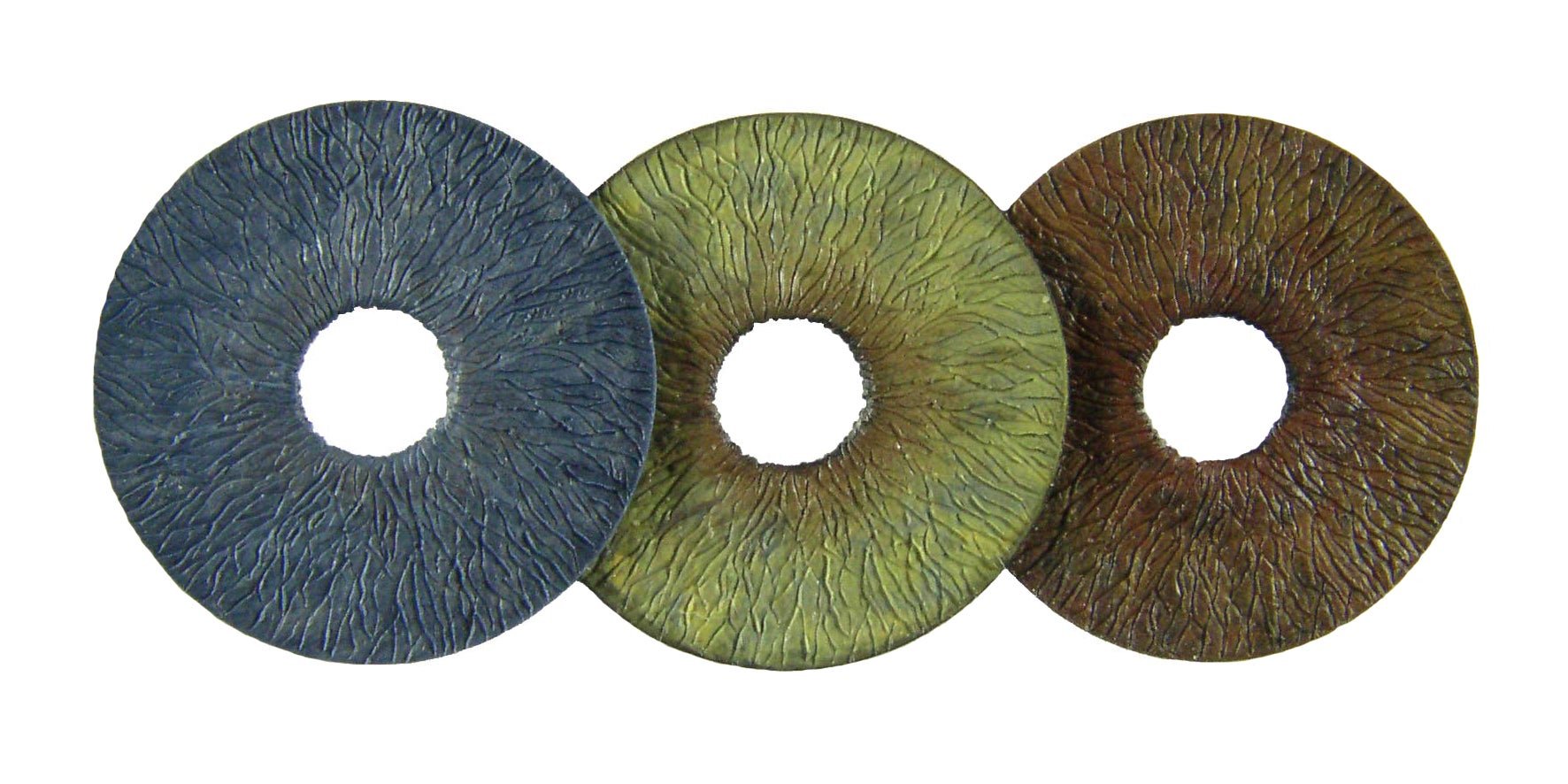You can now get a permanent, implantable, custom-colored (medical) iris in the US (medically)
When people say that the eyes are the window to the soul, they’re probably talking about irises. These uniquely colored rings sorround our pupils and regulate the amount of light that enters our eye.


When people say that the eyes are the window to the soul, they’re probably talking about irises. These uniquely colored rings sorround our pupils and regulate the amount of light that enters our eye.
Late yesterday (May 30) the US Food and Drug Administration approved the first silicon prosthetic iris, manufactured by the German company Human Optics. This prosthetic iris is a permanent solution for those who were born with missing or misshapen irises, or those who have suffered permanent damage to them. They’re made out of medical-grade silicon, and are custom-colored and fitted to match each person’s existing irises.

A rare condition called aniridia leads to misshapen or missing irises; globally, it affects between one in 50,000 to one in 100,000 people. Because one or both of their pupils are more exposed than is typical all the time, these individuals may see lots of glare and feel extreme light sensitivity, which limits their daily activity. Additionally, irises can be damaged through any accident that scrapes through the cornea. These injuries sometimes heal on their own, but not always.
The usual treatment for irregular irises is colored contact lenses. But these lenses don’t capture the nuance of eye color, like all the flecks and inner rings of color. In addition, as with any contact lens, they can be annoying, slipping out place when you rub your eye (or worse, getting lost somewhere in there), and needing to be cleaned and changed routinely.
The newly approved prosthetic, called the CustomFlex Artificial Iris, is an actual, permanent implant. It’s a tiny layer of silicon crafted using images of the patient’s existing iris (or the person can design one herself if she has no irises), that roles up into a tube. In a 20-minute procedure, a doctor makes a tiny hole in the patient’s cornea, then injects the artificial iris. It then unfolds, and is held in place by the eye itself, just like natural irises.
The artificial iris was considered a “breakthrough” device by the FDA when initially presented to the agency. This is a status the FDA gives only to those devices that meet an unfulfilled need for lifelong conditions that have had promising previous trials, and it speeds up the approval process.
The largest study on these prosthetic devices involved 389 kids and adults with either aniridia or a permanent injury to their iris. In some cases, patients needed eye stitches, but for most, the eye itself was able to hold the iris in place. Over 70% percent reported improved eyesight and overall quality of life. All but 24 said that they were happier with their appearance. Complications were fairly minor, and included the prosthetic moving, swelling, or sticking to the surface of the retina; a second surgery was required to fix these issues. Although the irises can’t dilate, they are theoretically designed for permanent use (the exact lifespan hasn’t been established yet).
Similar irises designed by HumanOptics are already widely in use in Germany, but have yet to come to the US. It’s not clear how much these prosthetic irises will cost; Quartz has reached out to HumanOptics to inquire, and will update this post when we get a response.